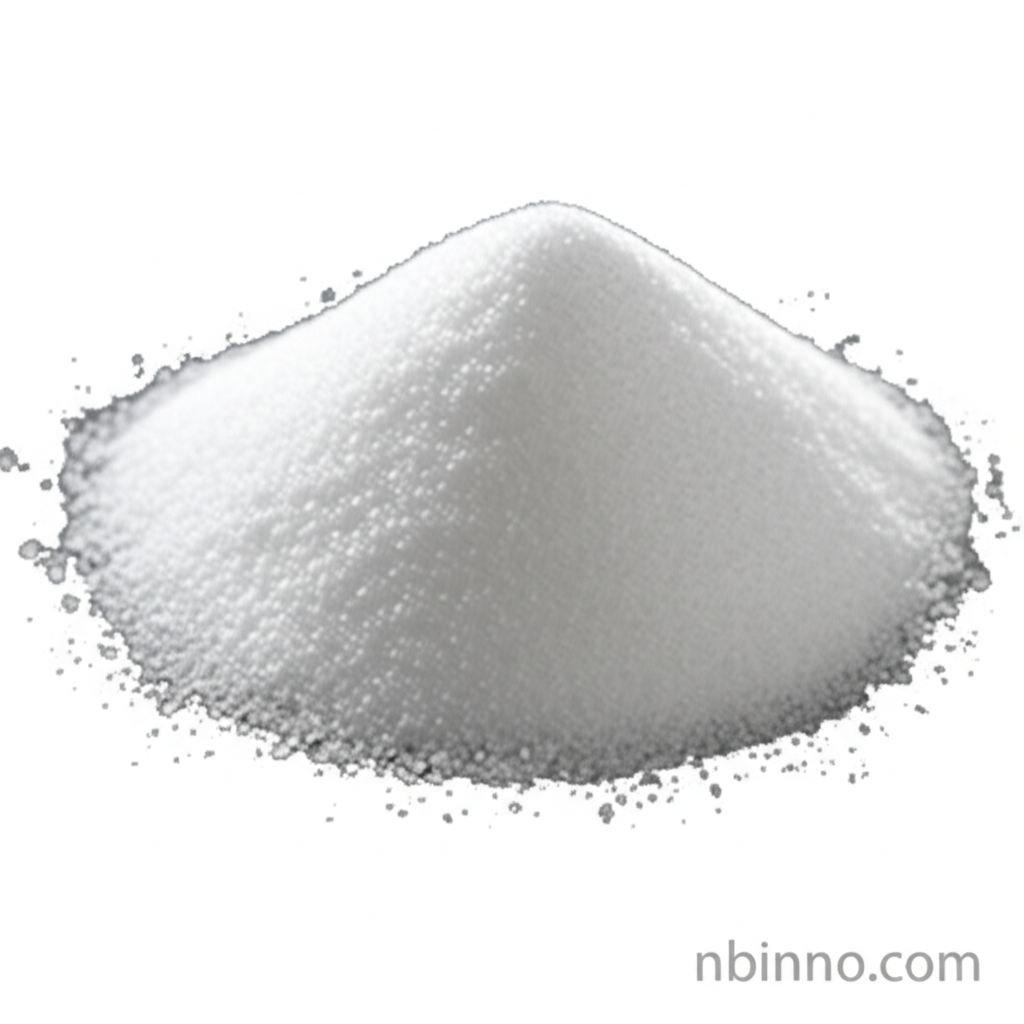Oxalic Acid Dihydrate: A Versatile Chemical for Industrial and Laboratory Applications
Explore the properties, uses, and significance of Oxalic Acid Dihydrate (CAS 6153-56-6), a key compound in various industrial and scientific fields. Learn why it's a critical chemical for numerous applications.
Get a Quote & SampleProduct Core Value

Oxalic Acid Dihydrate
Oxalic acid dihydrate is a fundamental organic compound with the chemical formula C2H2O4·2H2O. Renowned for its potent reducing capabilities and strong acidic properties, it serves as a crucial ingredient in a wide array of industrial processes and laboratory analyses. As a leading supplier in China, we provide high-quality oxalic acid dihydrate essential for applications ranging from rust removal to complex chemical syntheses.
- Discover the diverse industrial applications of oxalic acid, including its effectiveness as a rust removal agent.
- Understand the CAS 6153-56-6 chemical properties that make it an indispensable laboratory reagent.
- Learn about its role as a mordant in dyeing processes, enhancing colorfastness and vibrancy.
- Explore its utility in chemical synthesis, serving as a building block for various organic compounds.
Key Advantages
Superior Cleaning Power
Leverage the strong chelating properties of oxalic acid to effectively remove rust and stains, making it a preferred choice for cleaning agents.
Essential Reducing Agent
Utilize its powerful reducing capabilities in various chemical reactions, including those in the textile and dyeing industries as a mordant in dyeing.
Laboratory Versatility
Incorporate this high-purity compound into your laboratory protocols as a reliable laboratory reagent for analytical and synthetic procedures.
Key Applications
Rust Removal
Its ability to form soluble iron complexes makes it a highly effective agent for removing rust from metal surfaces.
Textile Dyeing
Used as a mordant in the dyeing and printing industries to fix dyes onto fabrics, improving color retention.
Chemical Synthesis
Serves as a valuable building block in the synthesis of various organic compounds and pharmaceutical intermediates.
Laboratory Analysis
Employed in analytical chemistry for titrations, as a buffer, and in various research applications due to its defined properties.
